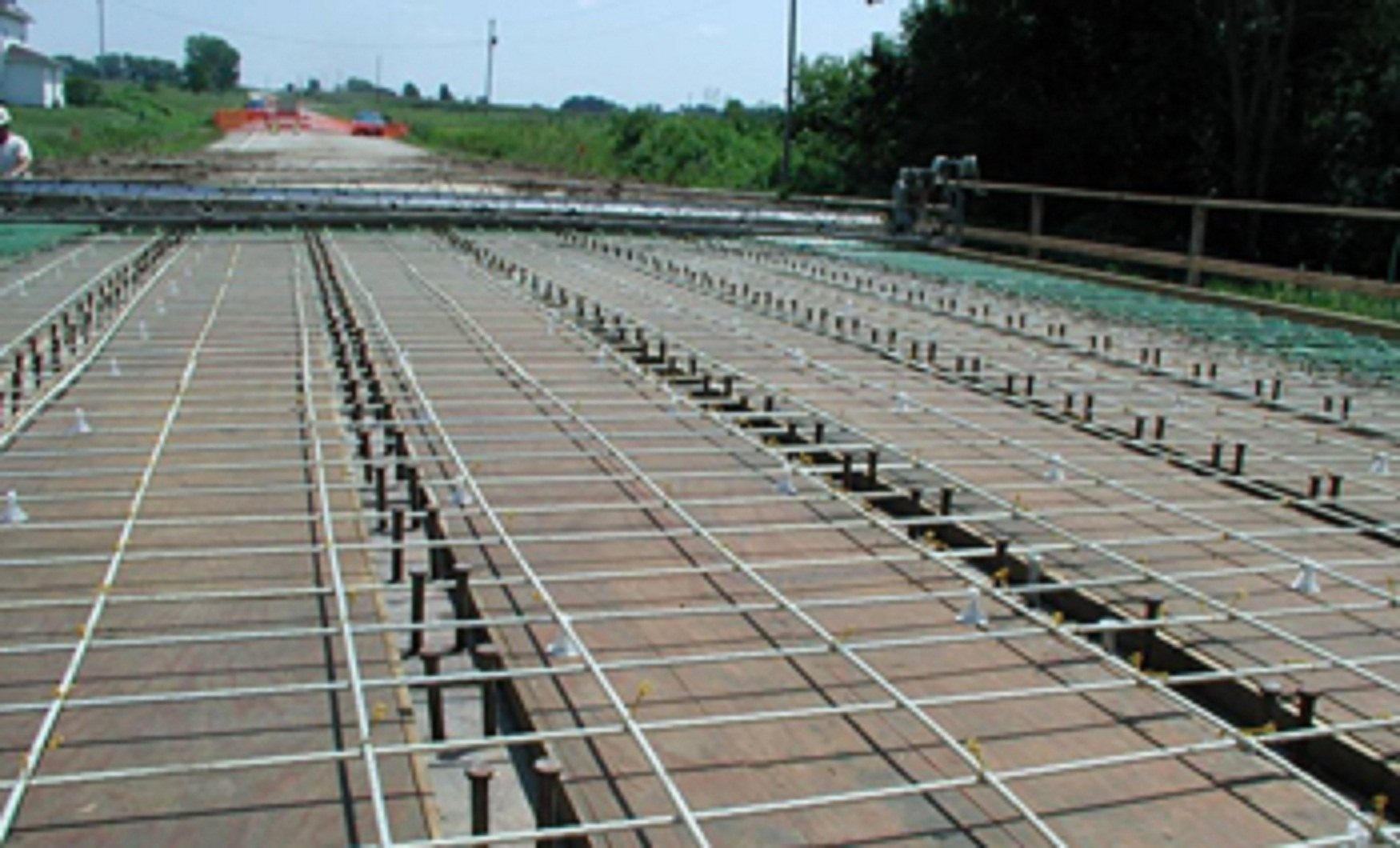Traditional steel reinforcement bars have long been the go-to solution for strengthening concrete structures. They come with a significant drawback: corrosion susceptibility. Enter Glass Fiber Reinforced Polymer (GFRP) rebar, a revolutionary material that’s changing the game in corrosion resistance.
A GFRP rebar consists of glass fibres embedded in a polymer resin matrix. This distinct composition offers numerous benefits compared to conventional steel rebar, with corrosion resistance standing out as particularly notable. This rebar is manufactured through a process called pultrusion. This is where continuous glass fibres are pulled and heated in a resin bath. This process aligns the fibres and shapes the rebar, resulting in a strong, lightweight, and highly durable product.
Corrosion problems in construction
The construction industry faces a significant corrosion challenge. This is especially true of buildings and infrastructure subjected to severe conditions like coastal climates, bridges, and industrial facilities handling chemicals. When steel rebar corrodes, it expands, causing concrete to crack and spall. This not only weakens the building’s structural integrity but also leads to costly repairs and reduces its lifespan. Corrosion has staggering economic impacts. According to the World Corrosion Organization, corrosion costs are estimated to be $2.5 trillion annually, with a significant portion attributed to infrastructure degradation.
How does GFRP rebar improve corrosion resistance?
- Inert material composition – Unlike steel, which contains iron that readily oxidizes in the presence of moisture and oxygen, GFRP rebar is made of chemically inert materials. Glass fibres and polymer resin do not react with water, oxygen or other corrosive agents commonly found in concrete environments.
- Impermeable structure – The polymer matrix in GFRP rebar creates a barrier that prevents moisture and corrosive agents from penetrating the material. This impermeable structure ensures that the internal glass fibres remain protected throughout the structure’s life.
- Elimination of galvanic corrosion – In some applications, different metals come into contact, leading to galvanic corrosion. GFRP rebar, being non-metallic, eliminates galvanic corrosion, making it ideal for use in structures with mixed materials.
- Thermal compatibility – GFRP rebar has a coefficient of thermal expansion similar to concrete, reducing cracking risk due to temperature changes. Thermal compatibility helps maintain the concrete cover’s integrity, further protecting it against corrosion.
Applications of GFRP rebar in corrosion-prone environments
GFRP rebar’s corrosion-resistant properties make it particularly suitable where steel rebar would quickly degrade. Some key applications include:
- Marine structures – Seawalls, piers, and offshore platforms benefit greatly from GFRP rebar’s resistance to saltwater corrosion.
- Bridge decks – Road salt and de-icing chemicals rapidly corrode steel rebar on bridge decks. GFRP rebar offers a durable alternative.
- Parking structures – Exposed to salt and moisture, parking garages are prime candidates for GFRP reinforcement.
- Chemical plants – In facilities where corrosive chemicals are present, GFRP rebar provides superior protection against chemical attack.
- Underground structures – Sewers, tunnels, and foundations in high-moisture environments benefit from GFRP rebar corrosion resistance.
Research and development in GFRP technology is ongoing, with efforts focused on further enhancing its properties and reducing production costs. As this material gains broader acceptance, we anticipate the development of infrastructure that is more durable, resilient, and capable of enduring harsh conditions over extended periods.


